
Blazor, A Beginners Guide is intended for developers with some .NET experience. If you're coming from a non-.NET development background, you may learn some .NET basics along the way, but supplemental material around C# and .NET would be of great help to you.
The book begins with the author's own perspective on WebAssembly, why it'...
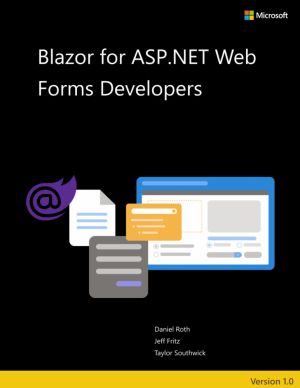
Blazor is a new web framework that changes what is possible when building web apps with .NET. Blazor is a client-side web UI framework based on C# instead of JavaScript. With Blazor you can write your client-side logic and UI components in C#, compile them into normal .NET assemblies, and then run them directly in the browser using a new open web s...

Covering the design and implementation of assemblers and loaders, this comprehensive book opens with an introduction to one-pass and two-pass assemblers. Important concepts such as absolute and relocatable object files are discussed, as are assembler features such as local labels and multiple location counters. The format, meaning and implementatio...

The fact that current compact cameras produce good (or at least, adequate) pictures in most photographic situations is at the root of this book. The main aim of the book is to show how such a camera can be operated and its controls tweaked to cover many different photographic conditions and requirements. (To put it another way, the chief goal of th...
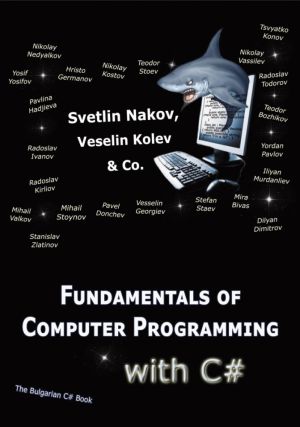
This open book aims to provide novice programmers solid foundation of basic knowledge regardless of the programming language. This book covers the fundamentals of programming that have not changed significantly over the last 10 years. Educational content was developed by an authoritative author team led by Svetlin Nakov from the Software University...
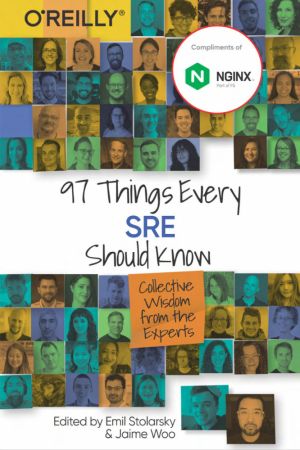
Site reliability engineering (SRE) is more relevant than ever. Knowing how to keep systems reliable has become a critical skill. With this practical book, newcomers and old hats alike will explore a broad range of conversations happening in SRE. You'll get actionable advice on several topics, including how to adopt SRE, why SLOs matter, when y...
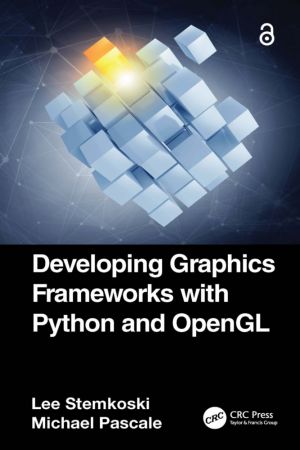
Developing Graphics Frameworks with Python and OpenGL shows you how to create software for rendering complete three-dimensional scenes. The authors explain the foundational theoretical concepts as well as the practical programming techniques that will enable you to create your own animated and interactive computer-generated worlds. You will learn h...

The increasing capacity of digital networks and computing power, together with the resulting connectivity and availability of "big data", are impacting financial systems worldwide with rapidly advancing deep-learning algorithms and distributed ledger technologies. They transform the structure and performance of financial markets, the serv...

Even as spending on digital transformation continues to skyrocket, mainframes nevertheless have major advantages for global enterprises. These systems still process huge amounts of information and allow for highly secure transactions. In this practical book, author Tom Taulli shows software developers how to pursue a hybrid approach by integrating ...
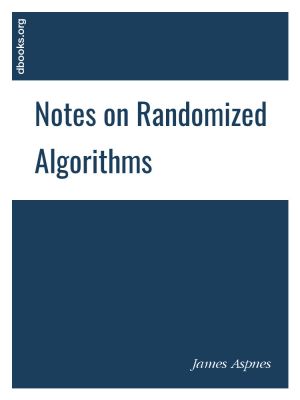
Lecture notes for the Yale Computer Science course CPSC 469/569 Randomized Algorithms. Suitable for use as a supplementary text for an introductory graduate or advanced undergraduate course on randomized algorithms. Discusses tools from probability theory, including random variables and expectations, union bound arguments, concentration bounds, app...
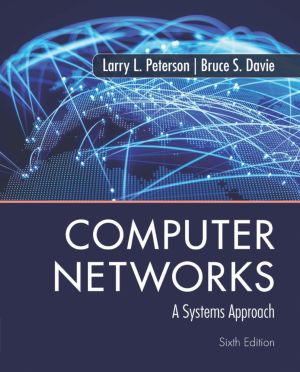
Computer Networks: A Systems Approach, Sixth Edition, explores the key principles of computer networking, using real world examples from network and protocol design. Using the Internet as the primary example, this best-selling classic textbook explains various protocols and networking technologies. The systems-oriented approach encourages students ...
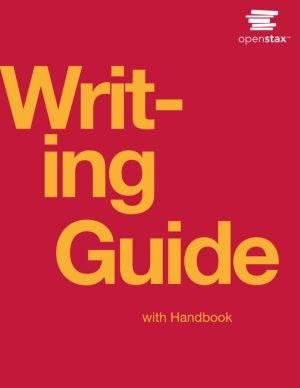
Writing Guide with Handbook aligns to the goals, topics, and objectives of many first-year writing and composition courses. It is organized according to relevant genres, and focuses on the writing process, effective writing practices or strategies - including graphic organizers, writing frames, and word banks to support visual learning - and conven...

Spring Data's mission is to provide a familiar and consistent, Spring-based programming model for data access while still retaining the special traits of the underlying data store.
It makes it easy to use data access technologies, relational and non-relational databases, map-reduce frameworks, and cloud-based data services. This is an umbre...

The Apache HTTP Server, colloquially called Apache, is the world's most used web server software. Originally based on the NCSA HTTPd server, development of Apache began in early 1995 after work on the NCSA code stalled. Apache played a key role in the initial growth of the World Wide Web, quickly overtaking NCSA HTTPd as the dominant HTTP serv...
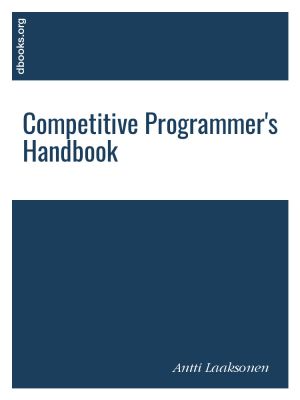
The purpose of this book is to give you a thorough introduction to competitive programming. It is assumed that you already know the basics of programming, but no previous background in competitive programming is needed.
The book is especially intended for students who want to learn algorithms and possibly participate in the International Olympi...
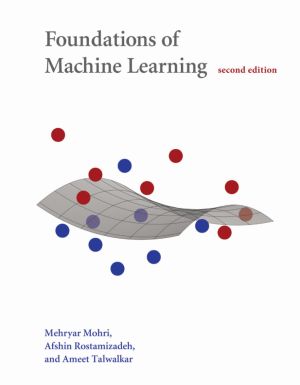
A new edition of a graduate-level machine learning textbook that focuses on the analysis and theory of algorithms.
This book is a general introduction to machine learning that can serve as a textbook for graduate students and a reference for researchers. It covers fundamental modern topics in machine learning while providing the theoretical basi...

Back in the mid 90s, Beej got tired of all his friends asking him how to do this stuff with networking programming in C, so he put pen to paper on the early World Wide Web and wrote down everything he knew just to get them off his back. Since then, the Guide has expanded significantly, with plenty of examples, and covers IPv6. Inside you'll fi...
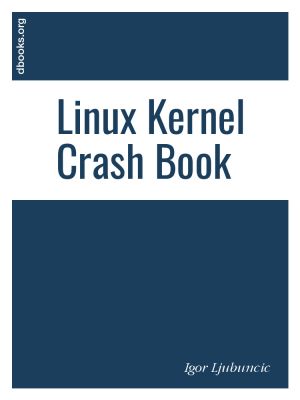
Linux crash analysis - this is a subject that has lots of unanswered mail threads and plain text documents scattered all over the place, inaccessible to almost everyone, save the tiny percentage of super geeks.
My personal and professional interest in the last three years has taken me down the path of Linux kernel secrets, all the way into assem...
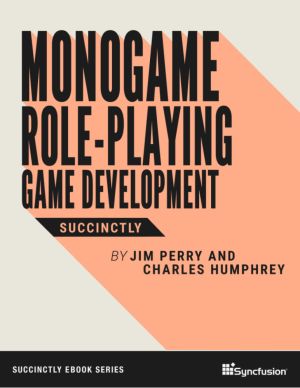
For MonoGame developers looking to build their own role-playing game, this ebook is an essential guide. Authors Jim Perry and Charles Humphrey break down design complexities into smaller topics that are easy to think through to help you produce a working game. Learn how to animate sprites, construct conversation trees, build multilevel maps, manage...
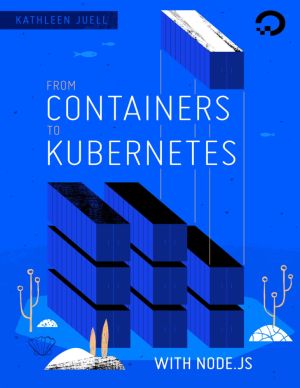
This book is designed as an introduction to containers and Kubernetes by way of Node.js. Containers are the basis for distributed, repeatable workflows with orchestrators such as Kubernetes, and they allow developers and operators to develop applications consistently across environments and deploy in a repeatable and predictable fashion.
The exa...

This is an image processing textbook with a difference. Instead of just a picture gallery of before-and-after images, we provide (on the accompanying website) MATLAB programs (.m files) and images (.mat files) for each of the examples. These allow the reader to experiment with various parameters, such as noise strength, and see their effect on the ...
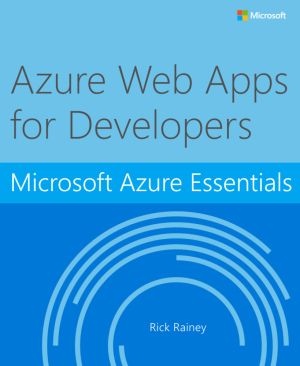
Azure Web Apps is a fully managed platform that you can use to build mission-critical web applications that are highly available, secure, and scalable to global proportions. Combined with first-class tooling from Visual Studio and the Microsoft Azure Tools, the Azure Web Apps service is the fastest way to get your web application to production. Azu...
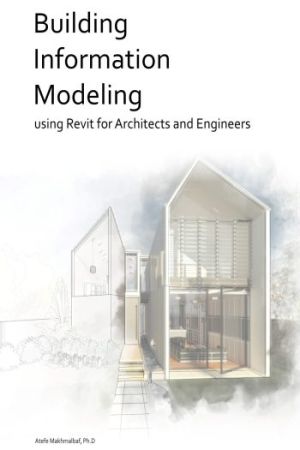
This book is geared towards users who have no Revit background. It starts with Revit basics such as how to create walls, floors, roof, but it also covers more advanced topics such as creating a complex object, preparing construction documents, and modeling mechanical and structural systems.
This book is an open education platform for Architectur...

This workbook was designed for the Introduction to Archaeology (ANTH 2339) class in the Department of Sociology and Anthropology, University of Texas at Arlington. It was created to provide exercises that supplement and expand on topics and issues raised in lecture. For each major topic, students complete exercises that serve a range of functions; ...
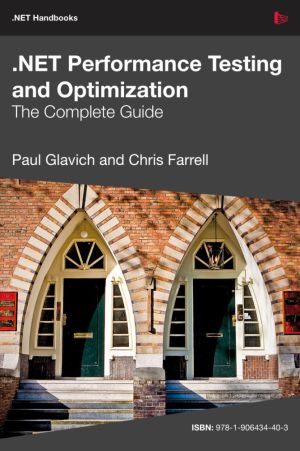
As we develop the applications to meet current and future needs, it is only natural to use current best practices and techniques for our designs and implementations. In the quest to improve how we develop, we can access a true wealth of information which is available on design patterns, object-oriented analysis, low-level code techniques and langua...
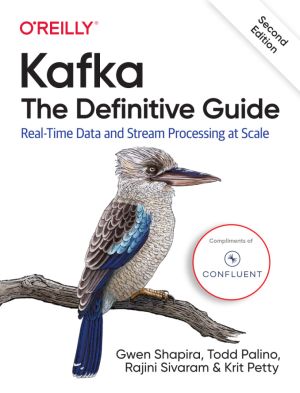
Every enterprise application creates data, whether it consists of log messages, metrics, user activity, or outgoing messages. Moving all this data is just as important as the data itself. With this updated edition, application architects, developers, and production engineers new to the Kafka streaming platform will learn how to handle data in motio...

Nonprofit organizations are on the front lines in communities, providing an important foundation for the social safety net in the United States and around the world. They also provide places where people can gather, share ideas and build community. They often accomplish amazing feats with few resources. This book was designed to be used in an under...

Introduction to Philosophy provides an overview of a common range of philosophical topics for a first- or second-year general education philosophy course. It is organized thematically, following the principal categories of academic philosophy (logic, metaphysics, epistemology, theories of value, and history of philosophy). A recurring theme of Intr...

Introduction to Neuroscience is designed for undergraduate students enrolled in introductory neuroscience courses. This book specifically targets students enrolled in Introduction to Neuroscience 1 and Introduction to Neuroscience 2 at Michigan State University and primarily contains topics covered in those courses.
This first edition will guide...
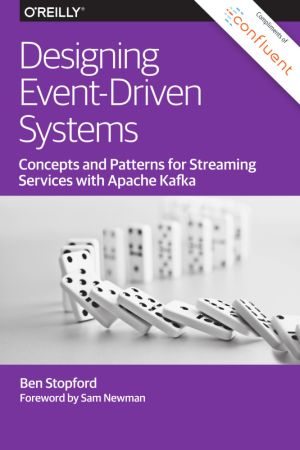
Many forces affect software today: larger datasets, geographical disparities, complex company structures, and the growing need to be fast and nimble in the face of change. Proven approaches such as service-oriented and event-driven architectures are joined by newer techniques such as microservices, reactive architectures, DevOps, and stream process...
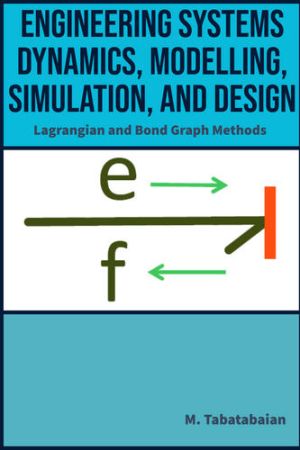
This open education resource presents effective system modelling methods, including Lagrangian and bond graph, and the application of a relevant engineering software tool, 20-sim. The content is designed for engineering students and professionals in the field to support their understanding and application of these methods for modelling, simulation,...
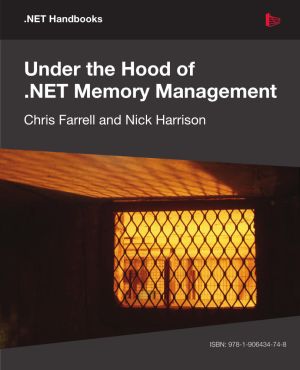
This book starts with an introduction to the core concepts of .NET memory management and garbage collection, and then quickly layers on additional details and intricacies. Once you're up to speed, you can dive into the guided troubleshooting tour, and tips for engineering your application to maximise performance. And to finish off, take a look...
